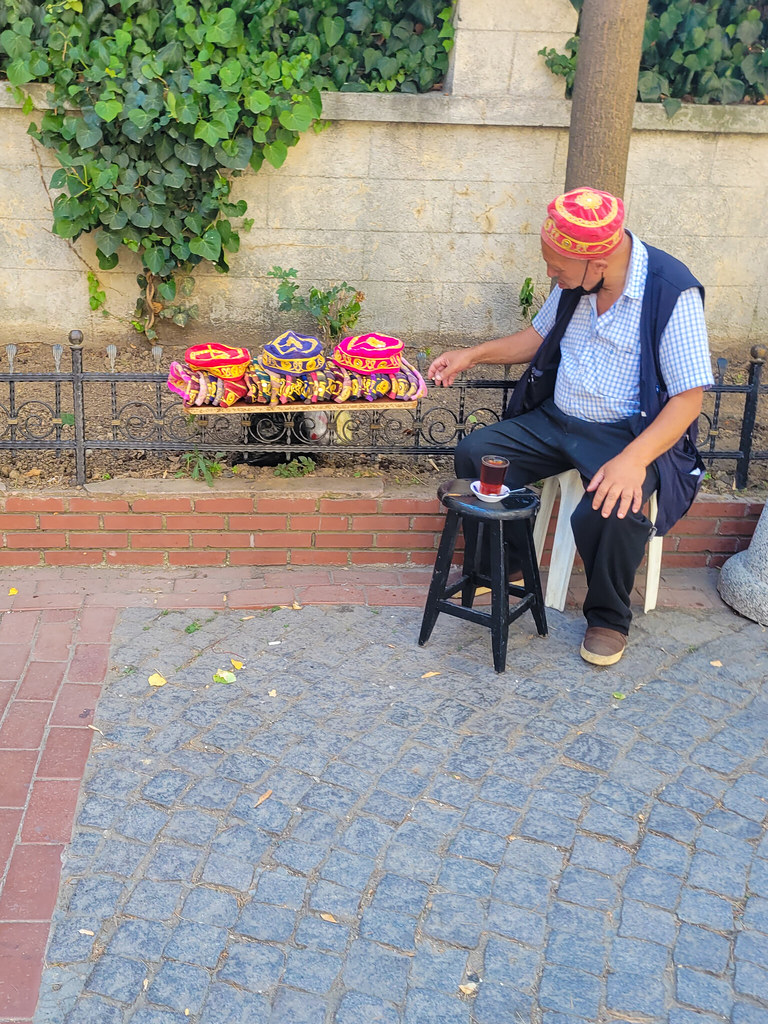Wednesday:
We had a relaxed morning and the headed out to the Princes Islands. Following various contradicting directions from passersby, we walked to the port where we caught a tram to Kabataş, and then worked our way through the chaos and the crowds to try to buy ferry tickets.
It was a bit of a hassle getting tickets as the machines had no English, were quite confusing, and there were massive crowds. We found ourselves with a Syrian family attached to us, who were very inquisitive as to our origins & in turn acted as translators with the port staff. We eventually found someone willing to help. We waited in line to buy tickets for a while, ran to get change (because of course the machine takes only exact change) and then finally got our tickets only to be smugly told that the next boat leaves in 2 hours. We ran (Syrian family in tow) about 2 blocks over where we were able to get tickets for a private boat that was leaving shortly. We used our previously purchased tickets for the way back, so alls well that ends well.
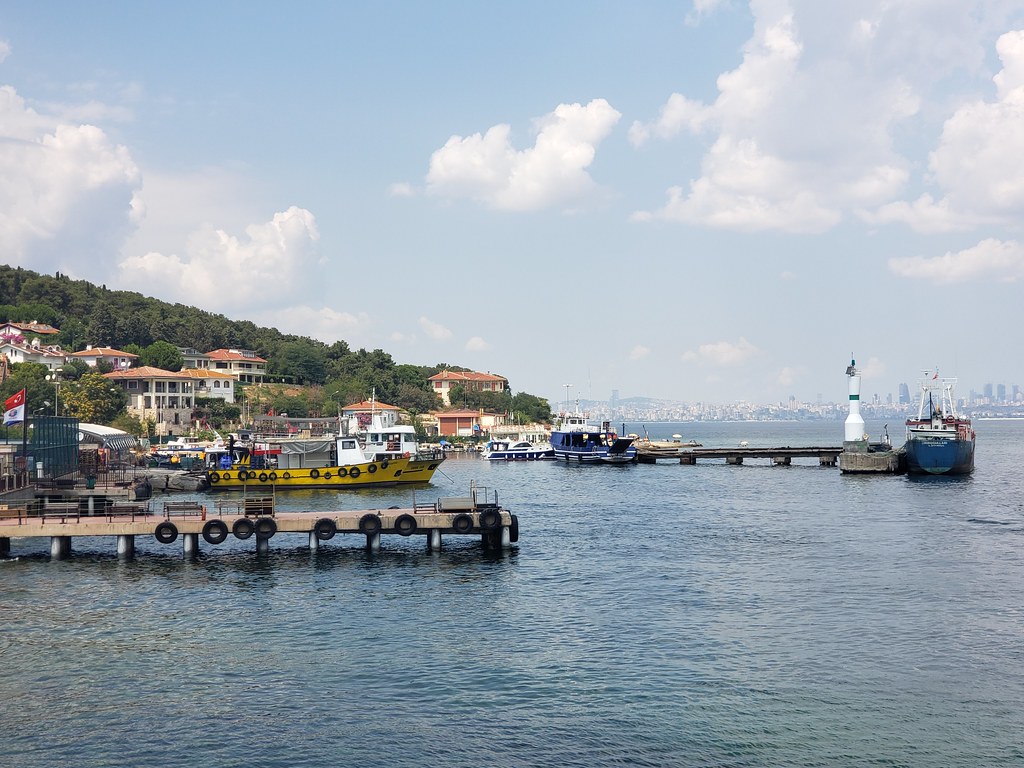
When the boat arrived, we all piled on and settled in for the 2-hour boat ride, of which we spent most of it watching a riveting sales pitch for peelers. The whole boat was obligated to get involved and yell out the compulsory oooh and aah and various intervals.

The Princes Islands are a group of charming little islands in the Sea of Marmara, off the coast of Istanbul. The four main islands of the archipelago are Büyükada, Heybeliada, Burgazada, and Kinaliada. We chose to visit Büyükada, which is the biggest island (and interestingly enough, it was popular among Jews and Europeans from Istanbul).
Once you are on the islands you can stroll or bike through the streets, where beautiful homes and gardens line the way and views of the water spread before you.
Only bicycles and electric little cars are allowed on the islands (regular motor vehicles are banned) which lends an incredibly peaceful quiet atmosphere.
We rented bikes and spent an enjoyable few hours exploring the island, having lunch, sitting by the water, and strolling through the shops, which mainly sell kitschy souvenirs, flower wreaths and imitation brand-name products.





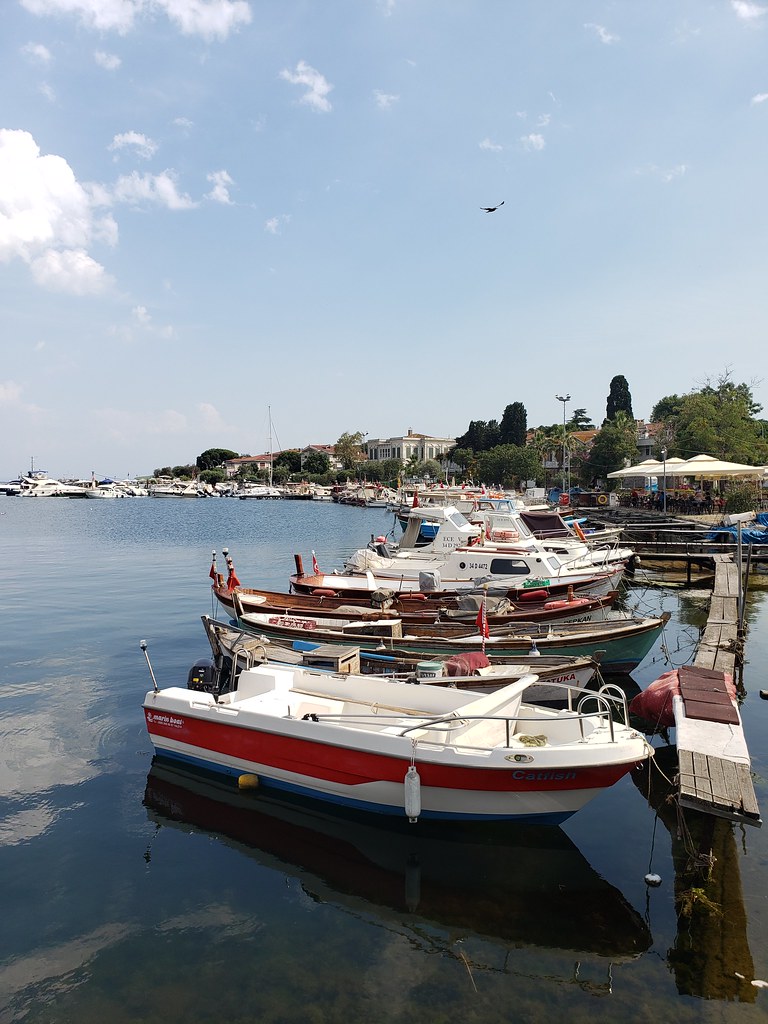
The boat ride home was quite long but it was riddled with entertainment as well. Though not quite as riveting as the peeler performance, we had fun watching this woman attempt to feed the passing birds by throwing bread in their path.
 Thursday
Thursday:
We spent Thursday exploring Istanbul, the bazaars, and the general sights.
We spent many hours in the Grand Bazaar and had a great time shopping and bargaining with the store owners (we had a proper training in the souks of Morocco several years ago, no bargaining can compare to what goes on over there).
Most of the locals in the Turkish Bazaars were not prepared for our skills and tenacity, and we heard many cries of "why you break my heart" and "how can I take your money" when we began bargaining. For the most part we settled on prices we were thrilled with, but there were some shops where the owners stood their ground.
The Grand Bazaar in Istanbul is one of the largest and oldest covered markets in the world. It dates back to 1461 and has slowly expanded to its current size of over 4,000 shops and 61 streets. There are sections of newer merchandise, souvenir style shops, a lot of imitation items of brand-name clothing, purses and shoes etc., and a large antique section in which we saw menorahs and other traditional Jewish items.
Even if youre not shopping, its a great place to get a feel for Ottoman life. There are numerous shops for carpets and Kilims (flat weaves) which shows the rich heritage of carpet making from all over the country. Lamps and lanterns are obviously a huge item and you will see the full gamut of styles and designs.
Theres a large section dedicated to gold, which is reminiscent of the Gold Souk in Dubai.

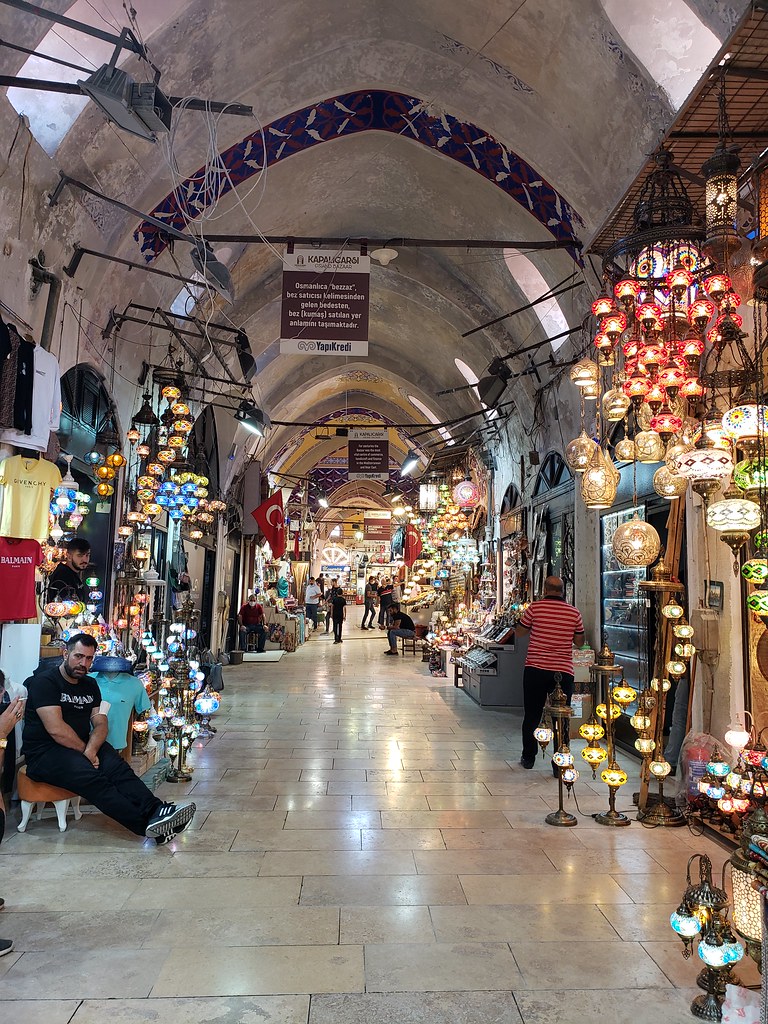

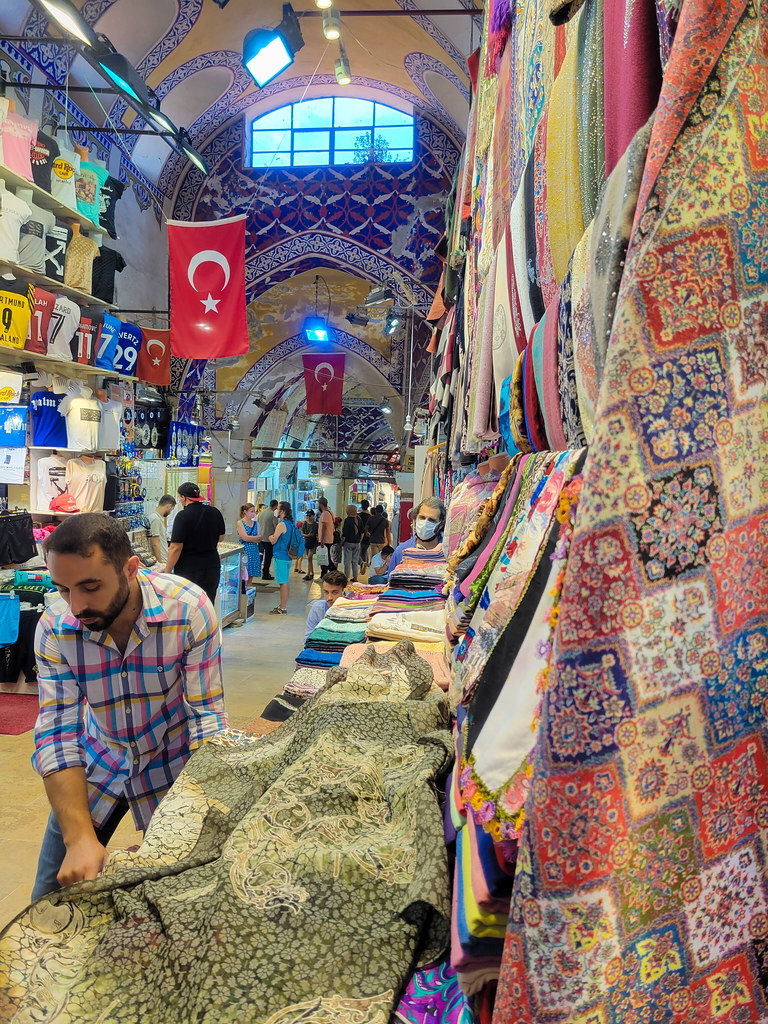



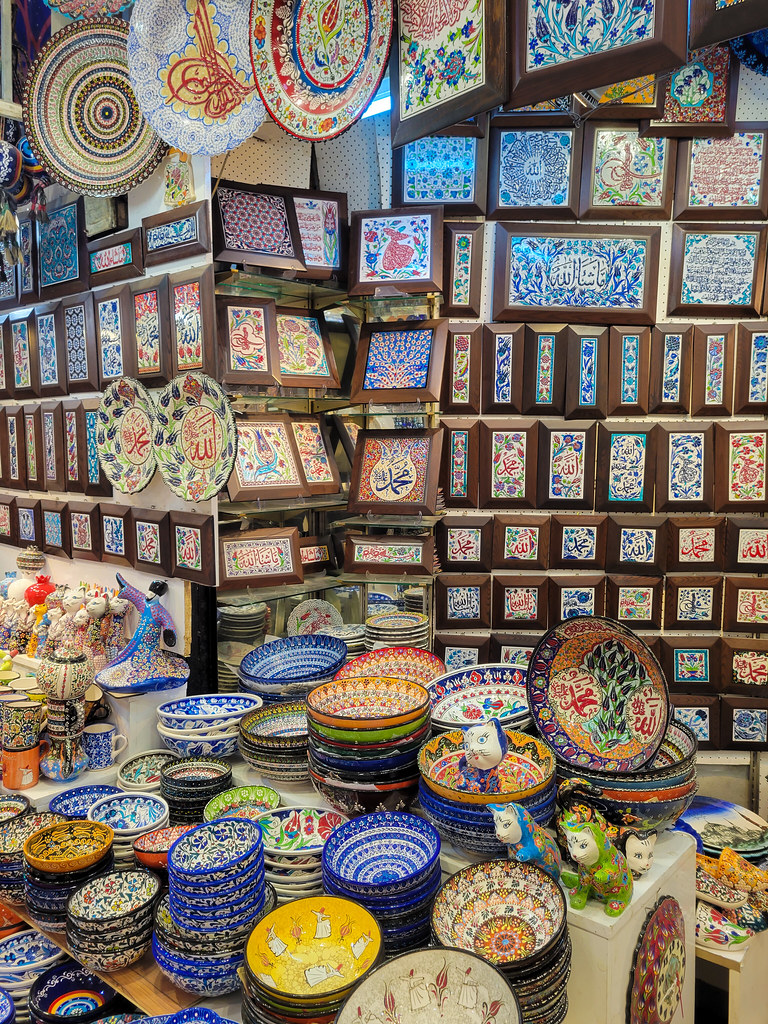


We saw many of these tea and coffee serving sets with traditional Ottoman patterns and designs. The first time we looked at one of them, the shop owner excitedly took out a cup and started banging it on the floor to show us the durability. We were duly impressed. By the time we got to our 3rd or 4th shop, we were not that impressed anymore. If we so much as looked in the direction of the cups, the guy would enthusiastically start banging away while we yelled out we know, we know! They dont break!
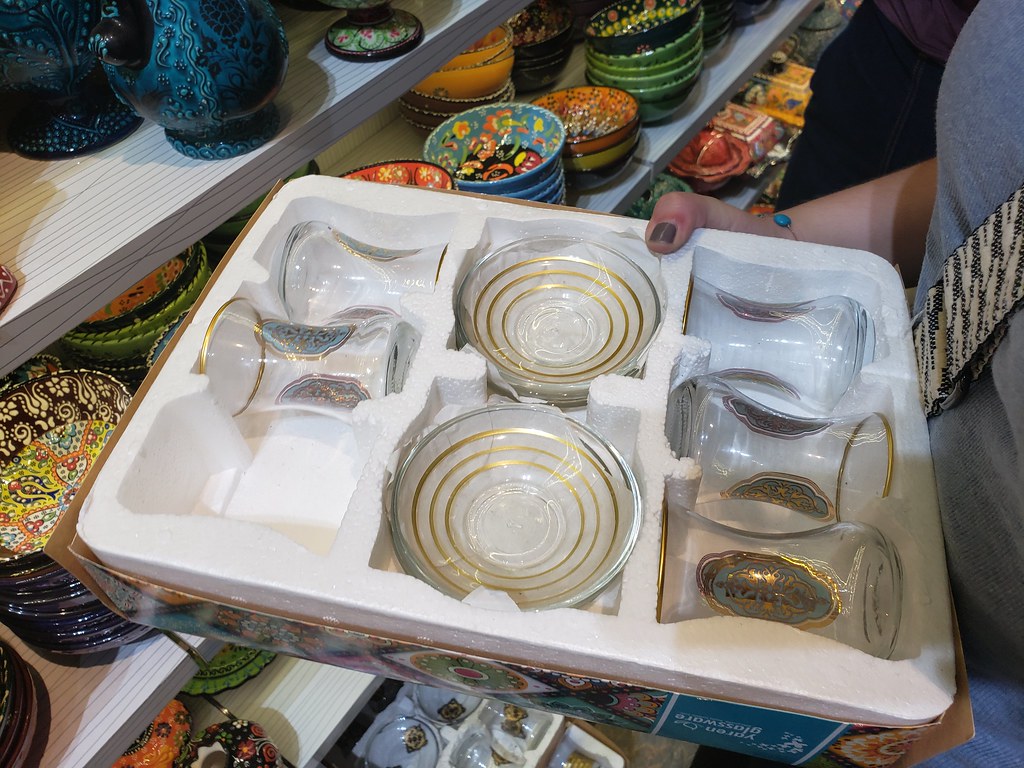
In the afternoon we walked to the nearest intersection and battled the rush hour traffic to take a, quite overpriced, Taksi to Taksim Square, which is the most popular square in Istanbul, in a centralized location. The large, cobblestone square is frequented by carts selling roasted corn and chestnuts, elderly women selling flowers and lots of birds. We enjoyed walking around and taking in the lively atmosphere. The square has a very active nightlife with music and dancing, but at the time we were there it was pretty quiet and relaxing.
We then took a long stroll (or hike, depending who you ask) to the Nişantaşı neighborhood, which is an upscale area popular for fashion boutiques and chic cafes. We walked around and shopped for a while before heading back to our hotel.

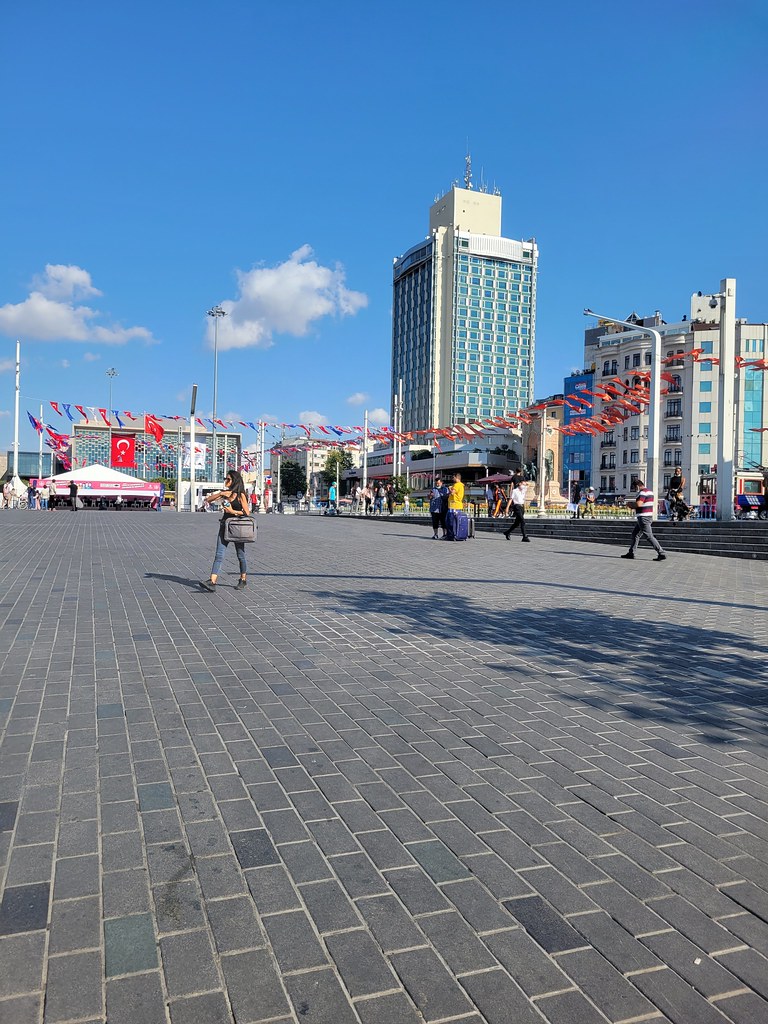
Around the streets:

